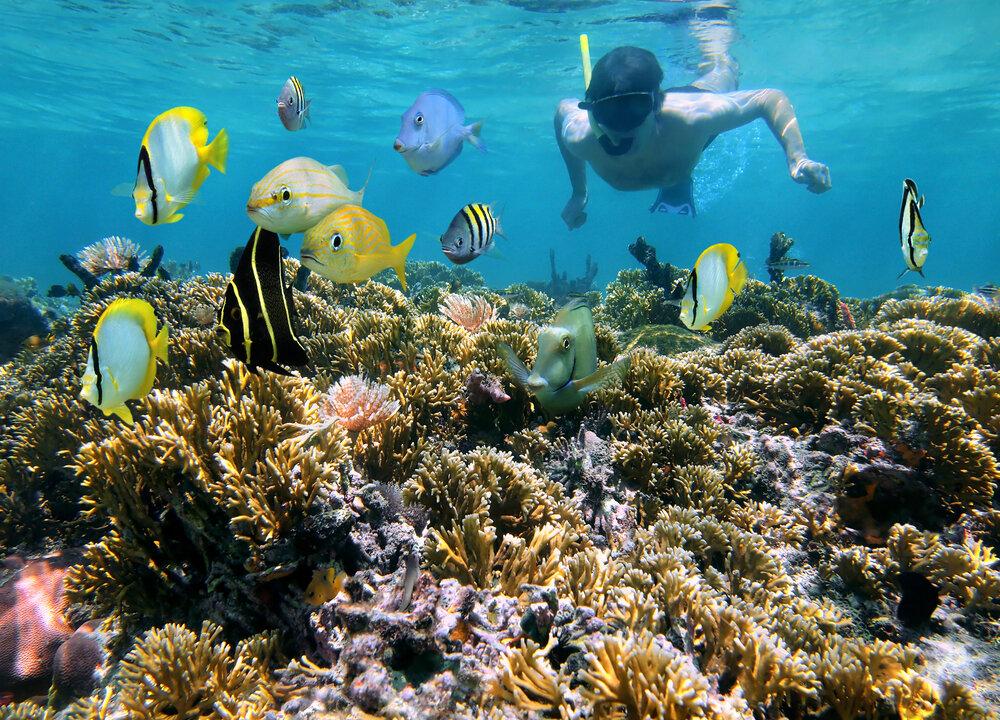A world-first citizen science project has revealed the beaches with the highest levels of plastics in Australia, after nearly 800 trained volunteers collected at least three million plastic fragments from over 300 beaches in the longitudinal research project.
“This is the most substantial data we have on the scope and impact of microplastics in Australia’s waterways,” leading expert in litter and microplastics and research director of Australian Microplastic Assessment Project (AUSMAP) Scott Wilson said.





